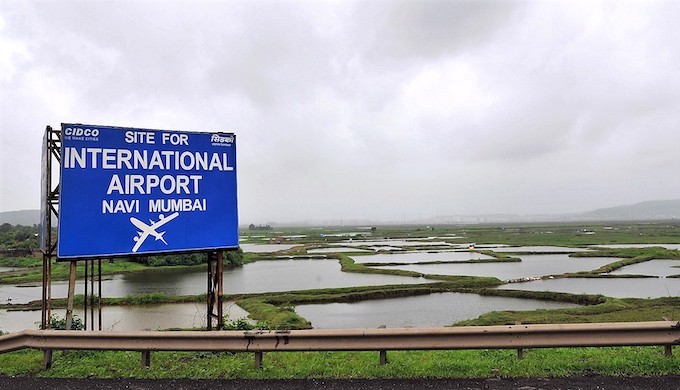Navi Mumbai Airport Displacing Families, Destroying Ecosystems
Related Articles
What is Micro Retirement: माइक्रो रिटायरमेंट से Gen Z बदल रहे रहा है काम और जिंदगी का संतुलन
वर्क-लाइफ बैलेंस के लिए जनरेशन Z अपना रही है माइक्रो रिटायरमेंट का ट्रेंड
जहां एक ओर पुरानी पीढ़ियां रिटायरमेंट को 60 साल की उम्र के...
Burned for Being Ignored: Odisha Student’s Harassment Plea Ends in Tragedy
A 22-year-old student of Fakir Mohan Autonomous College in Balasore is battling for her life at AIIMS Bhubaneswar after allegedly setting herself on fire...
2047 तक भारत को इस्लामिक देश बनाने के थे मंसूबे! मज़लूम लड़की ने खोले छांगुर बाबा के राज
ओरैया के अजीतमल के पास रहने वाली लड़की ने छांगुर बाबा पर जबरन धर्मांतरण और फिर निकाह करवाने का आरोप लगाया है। साथ ही...


